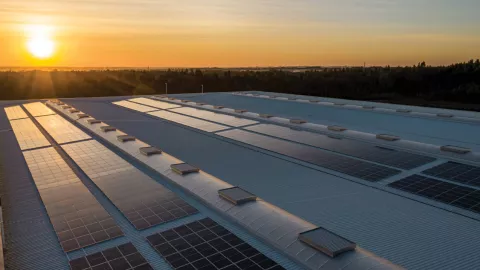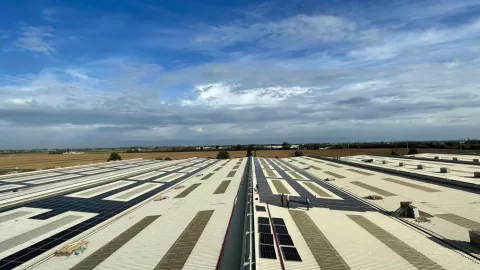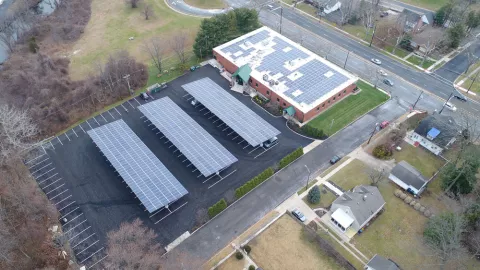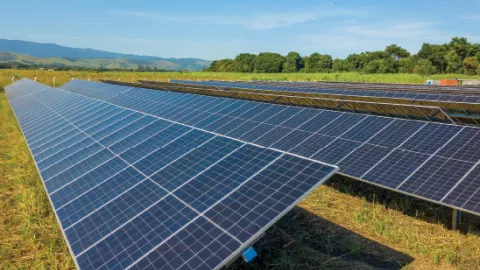According to the International Energy Agency, Asia’s renewable energy additions and electricity consumption will outpace the rest of the world. By 2030, 40% of global capacity additions will come from Asia, with solar playing a central role. There is also structural opportunity in the Asia-Pacific (APAC) region, with more countries committing to net-zero targets by 2050.
To maximise this opportunity and achieve the climate targets, EDP Renewables (EDPR) is making significant strides in the development and expansion of Solar Distributed Generation (DG) projects, playing a vital role in advancing the adoption of solar energy across the region.
In the recently presented Business Plan 23-26, EDPR aims to add 1.5 GWp and reach 2.4 GWp installed capacity by 2026, ramping up annual capacity additions with an average of 375 MW, accelerating renewables across a handful of markets. This includes behind the meter DG projects that provide renewable energy to businesses and governments to greenify the grid.
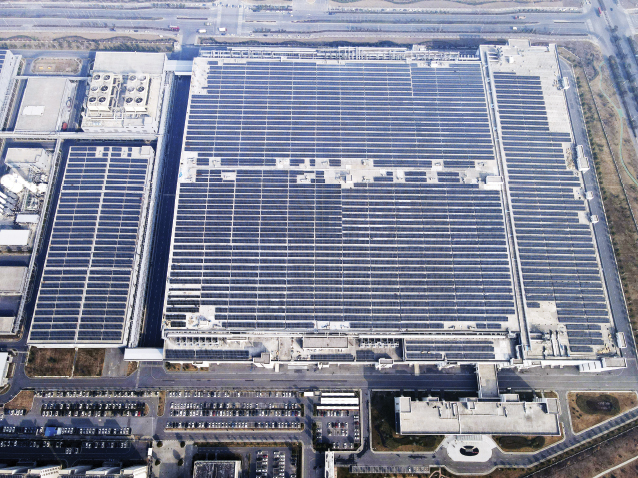
Yet, while the region presents immense potential for solar energy deployment, several challenges hinder the widespread adoption of solar across APAC:
Land Constraints: Many countries in APAC, particularly densely populated urban centres such as Singapore, face limited land availability for large-scale solar installations.
Policy and Regulatory Barriers: Inconsistent or ambiguous policy frameworks and regulations related to solar energy deployment can create uncertainties for investors and developers. Policy support and long-term incentives are essential to promote confidence and attract investment in the solar sector.
Infrastructure and Market Access: In underdeveloped regions, lack of infrastructure, such as reliable roads and transmission lines, can impede the expansion of solar energy. Ensuring market access and reliable transportation of solar equipment are essential for project viability
EDPR in APAC aims to add 1.5 GWp and reach 2.4 GWp installed capacity by 2026.
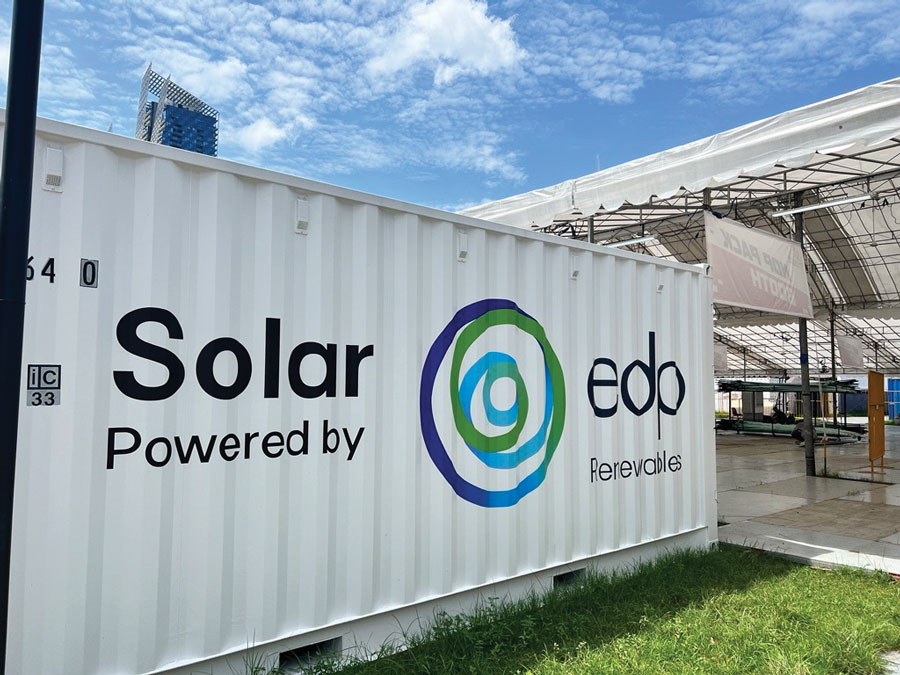
To overcome these challenges, innovation in solar technology is driving further efficiency improvements and cost reductions. These also envision placing solar in different environments to meet the varied conditions of each region. Some examples of solar innovations include:
Modular Containerised Solar Solutions: In Singapore, we have developed a unique modular containerised solar photovoltaic (PV) solution, which allows for extremely quick deployment and dismantling of the solar panels. The panels are linked up within the container and are rolled out via a roller system at site for deployment. This greatly reduces the resources needed as compared to conventional ground[1]mounted solar PV systems. This solution is especially useful for areas that require temporary solar energy generation or where quick deployment and dismantling are paramount.
Offshore Floating Solar: In March 2021, we have also developed one of the world’s largest offshore floating solar farms along the straits of Johor, between Singapore and Malaysia. The project has a capacity size of 5 MWp, generates about 6 GWh of renewable energy annually, and is deployed in open seawater. This project was more challenging to construct as compared to ground-mounted solar installations due to the unpredictable nature of open sea, the need to avoid shipping routes and the presence of barnacles. Marine expertise was also required for the robust mooring installation and system design that was required to keep the platform steady amidst waves and currents.
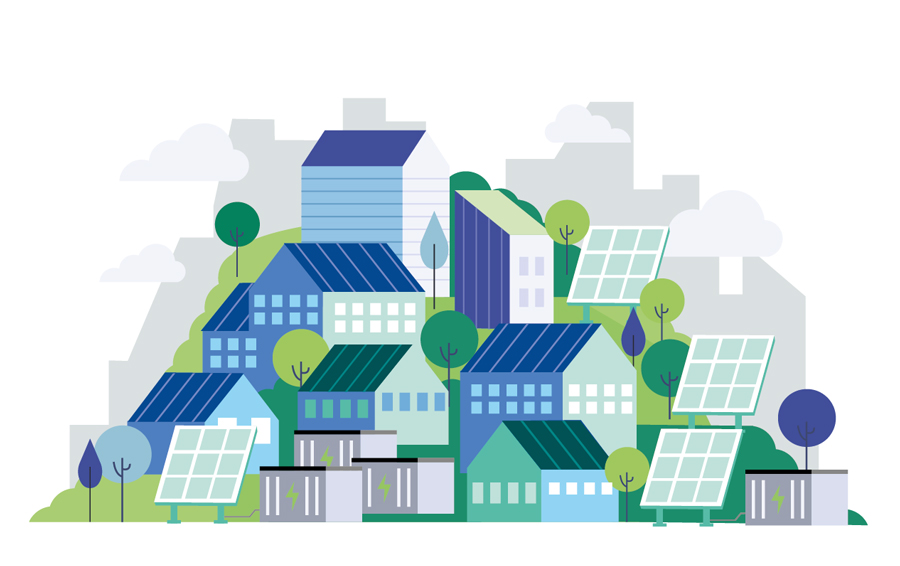
Other noteworthy solar DG projects we have developed in APAC include:
Solar across Singapore’s public housing flats: Through the program SolarNova and in partnership with Singapore’s Housing Development Board (Singapore’s public housing authority), we now have solar across more than 2,300 public housing buildings and more than 200 MWp of installed capacity. This is in line with the government’s movement in solarising the nation.
19MWp rooftop solar DG project in China’s Anhui province: The project is located on the rooftop of a major consumer electronic manufacturing facility for self-consumption. It is the largest single DG solar PV project undertaken by EDP. The system is structured with 35,000 solar panels and it will generate over 22 million kWh of energy annually, equivalent to offsetting approximately 18,949 metric tonnes of carbon emissions.
Dual usage facilities in Taiwan: In Taiwan, we currently have 47 MWp total installed capacity. Due to land constraints in Taiwan, these solar DG PV systems are innovatively built and are placed across facilities with a secondary usage to maximise underutilised areas. Some examples include:
- A 3.3 MWp canal-based solar system in Pingtung, Taiwan, where solar is placed above Taiwan’s irrigation network.
- A 200 kWp rooftop solar PV system placed above a basketball court at Ziqian Elementary School in New Taipei City.
- A 2.5 MWp solar PV project combined with a livestock farm.
Overview of EDP Solar DG in Asia
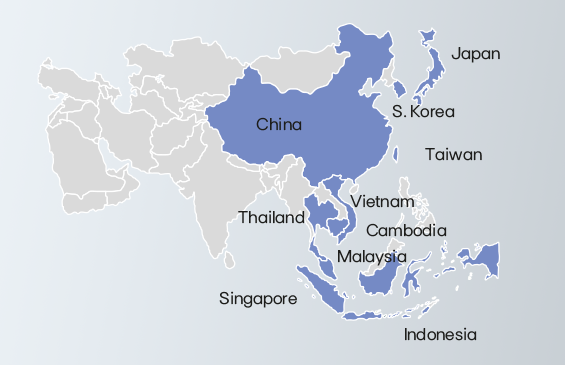






edpON magazine
Read more in our magazine
edpON magazine is a premium, global and up-to-date publication to highlight the drive, talent and energy within EDP. A cohesive element for the 13,000 employees around the world, it reinforces our culture and purpose. And, at the same time, an amplifier of the company's achievements among external audiences.

